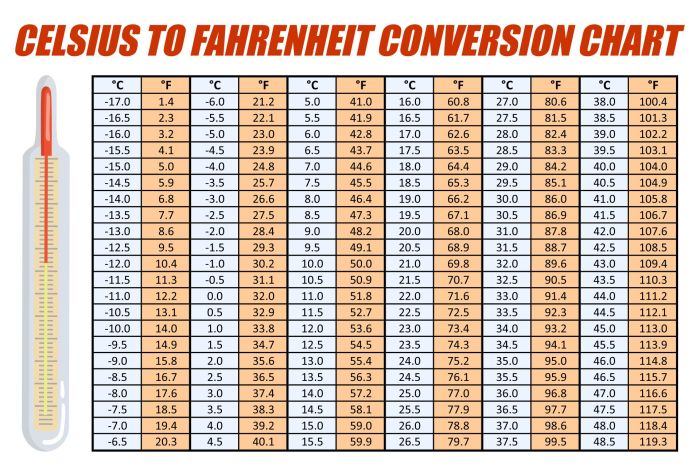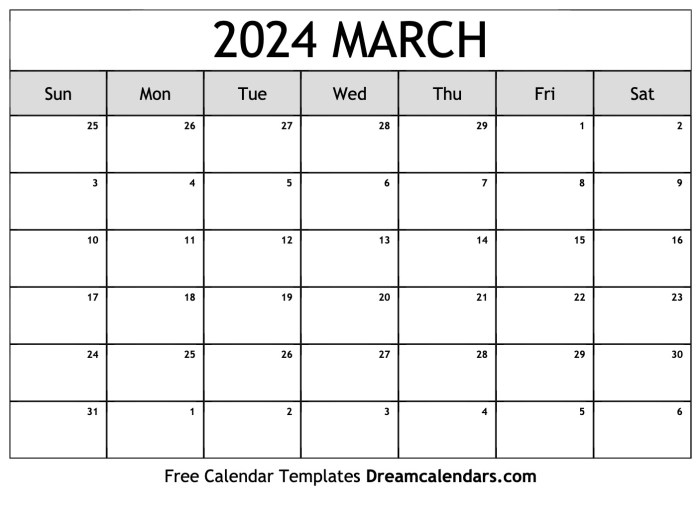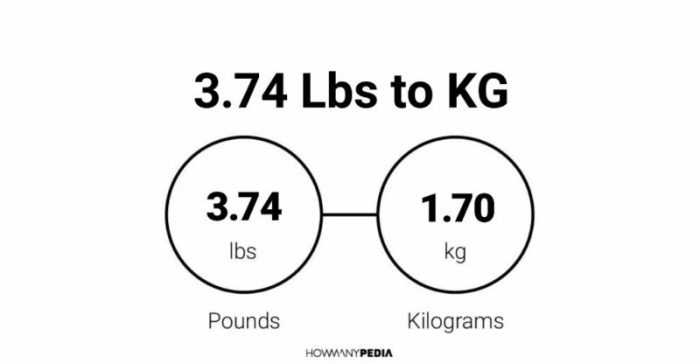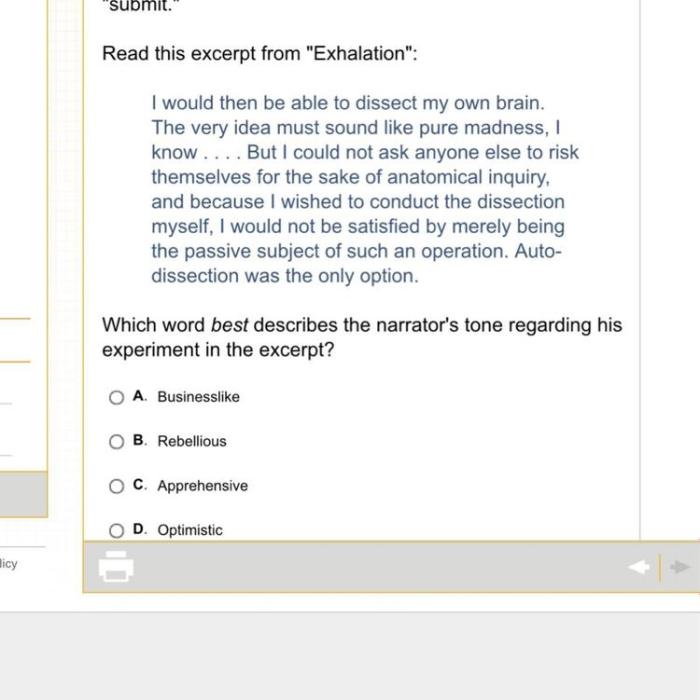Let X Represent Minutes Passed: A Time-Based Variable
Let x represent the number of minutes passed – this simple statement holds the key to unlocking a world of possibilities in mathematics, programming, and even everyday life. It’s a powerful concept that allows us to track time, measure change, and make predictions.
By understanding the role of ‘x’ as a variable representing time, we can explore how it influences calculations, code, and our own understanding of the world around us.
Think about it – how many times have you wished you could pause time or rewind a moment? While we can’t manipulate time itself, using ‘x’ as a variable allows us to represent it mathematically and programmatically. This lets us analyze and understand the passage of time, which is essential for everything from scheduling appointments to calculating the distance a car travels.
Mathematical Expressions and Equations: Let X Represent The Number Of Minutes Passed
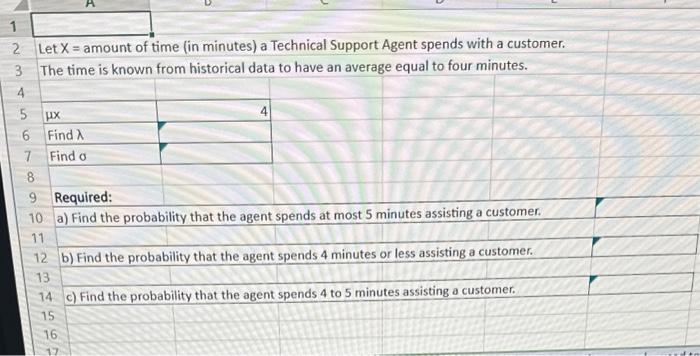
Now that we’ve established the concept of using “x” to represent the number of minutes passed, let’s delve into how we can incorporate this variable into mathematical expressions and equations.
Mathematical Expressions
Mathematical expressions are combinations of numbers, variables, and operations. In the context of time, we can create expressions that involve “x” to represent the number of minutes passed. Here are some examples:
- x + 5:This expression represents the number of minutes passed plus 5 minutes. For example, if x = 10, then x + 5 = 15.
- 2x:This expression represents twice the number of minutes passed. If x = 15, then 2x = 30.
- x/2:This expression represents half the number of minutes passed. If x = 20, then x/2 = 10.
Equations
An equation is a statement that two expressions are equal. Equations can be used to solve for unknown values. We can use “x” to represent the number of minutes passed in an equation to calculate other quantities.
Distance Calculation
For instance, we can use the following equation to calculate the total distance traveled, given a constant speed and time:
Distance = Speed x Time
Let’s say a car is traveling at a speed of 60 miles per hour. If we want to calculate the total distance traveled after “x” minutes, we can use the following equation:
Distance = 60 miles/hour
(x/60) hours
This equation simplifies to:
Distance = x miles
This shows that the distance traveled is directly proportional to the number of minutes passed.
Independent Variable in a Function, Let x represent the number of minutes passed
In a function, the independent variable is the input value, and the dependent variable is the output value. “x” can be used to represent the independent variable in a function, representing the number of minutes passed. For example, a function could be defined as:
f(x) = 2x + 5
In this function, “x” represents the number of minutes passed, and the function outputs the value of 2x + 5. For example, if x = 10, then f(x) = 25.
Last Word
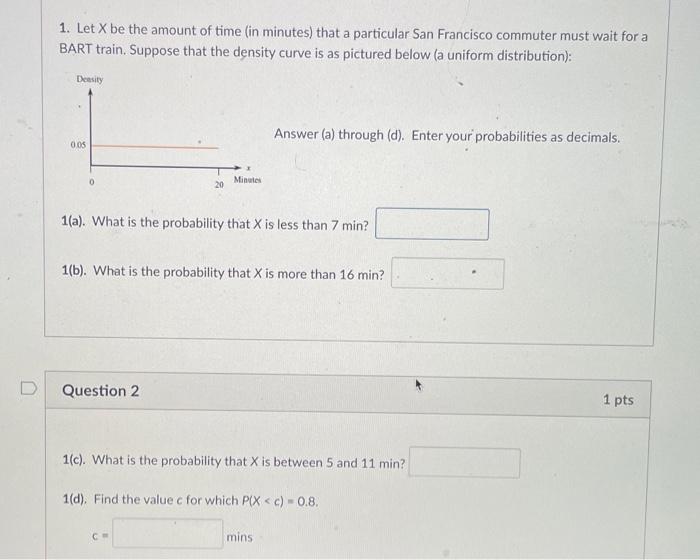
From the simple concept of letting ‘x’ represent minutes passed, we’ve delved into a fascinating journey exploring its applications in various fields. We’ve seen how ‘x’ can be used to represent time in mathematical expressions, program code, and even in our daily lives.
Understanding the significance of ‘x’ not only enhances our problem-solving skills but also deepens our understanding of the world around us. Whether you’re a programmer, a mathematician, or simply someone who wants to manage their time effectively, the power of ‘x’ is a valuable tool to have in your arsenal.

